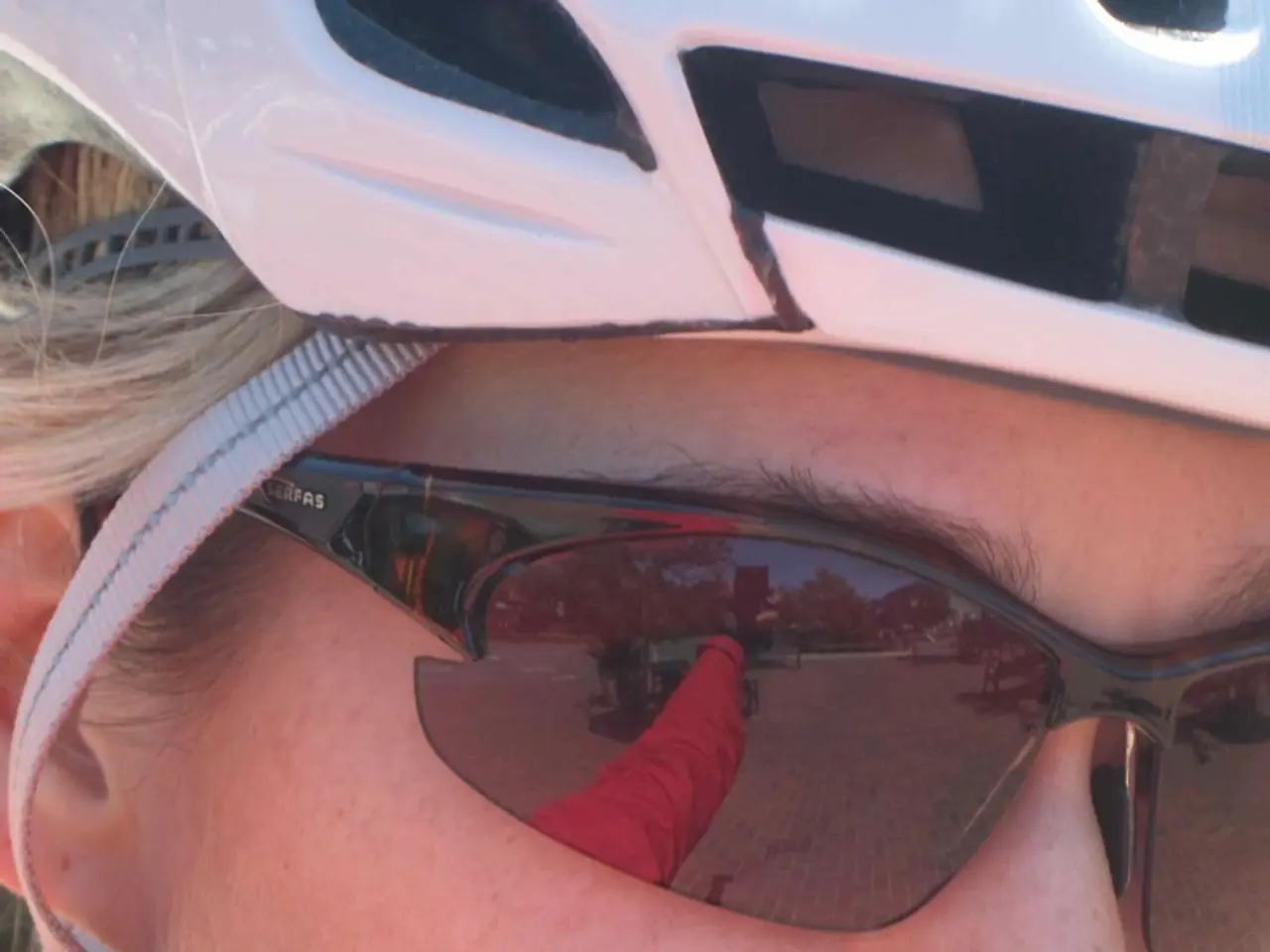Uncovering Trends in Eye-Tracking Information for Cultural Heritage - A Plan for a Pattern-Discerning Model in Visual Attention Studies
In a groundbreaking development, a novel Visual Attentive Model (VAM) has been proposed to enhance museum visits in the Cultural Heritage (CH) context. This innovative approach utilizes deep learning for automated recognition of museum visitors based on their unique eye movement patterns.
The research, conducted using the Tobii Eye-Tracker X2-60, a device specifically designed for tracking eye movements, demonstrates promising results. The experiments, involving adults and children observing five paintings, showed high accuracy rates exceeding 80%. This indicates the effectiveness and suitability of the proposed approach in identifying visitors as they navigate through museum exhibits.
The Tobii Eye-Tracker X2-60 was instrumental in gathering data for the deep learning model. It was used to collect eye tracking data during the experiments, providing valuable insights into visitor behaviour. The selected paintings, chosen by CH experts for their analogous features, served as coherent visual stimuli, offering a consistent basis for analysis.
The VAM combines a new coordinates representation from eye sequences using Geometric Algebra with a deep learning model for automated recognition of people. This unique combination allows for a more nuanced understanding of visitor behaviour, potentially paving the way for personalized museum experiences.
While the specific application of VAM in museums is not yet widely implemented, the integration of advanced technologies like DCNNs and Geometric Algebra can significantly enhance visitor experiences by personalizing content and improving engagement.
Museums can leverage eye-tracking data to understand visitor engagement and preferences. By analyzing where visitors focus their attention, museums can tailor exhibits and interactive experiences to meet individual interests. Geometric Algebra, with its ability to represent and analyze spatial relationships and transformations in visual data, could further enhance this understanding, providing a more nuanced analysis of spatial interactions with exhibits.
Deep Convolutional Neural Networks (DCNNs), powerful tools for image recognition and analysis, could be used to analyze visual data from exhibits and match it with visitor preferences derived from eye-tracking data, potentially guiding personalized content recommendations or interactive experiences.
In practice, museums might integrate these technologies by analyzing eye-tracking data to identify patterns in visitor attention, employing Geometric Algebra to spatially analyze exhibits and match them with the preferences identified from eye-tracking data, and designing exhibits that dynamically adjust based on real-time visitor engagement data, creating a more personalized and engaging experience.
Though the specific VAM application in museums is not detailed in the search results, the potential benefits are clear. The integration of advanced technologies like DCNNs and Geometric Algebra can significantly enhance visitor experiences by personalizing content and improving engagement, making museum visits more enjoyable and informative for all.
- The Visual Attentive Model (VAM) utilizes deep learning, artificial-intelligence, and eye-tracking technology in combination to offer a more nuanced understanding of visitor behavior in museums, potentially leading to personalized museum experiences.
- By analyzing where visitors focus their attention using eye-tracking technology, museums can employ artificial-intelligence and deep learning - such as Geometric Algebra and Deep Convolutional Neural Networks (DCNNs) - to tailor exhibits and interactions, aiming for a more engaging and personalized visitor experience.




